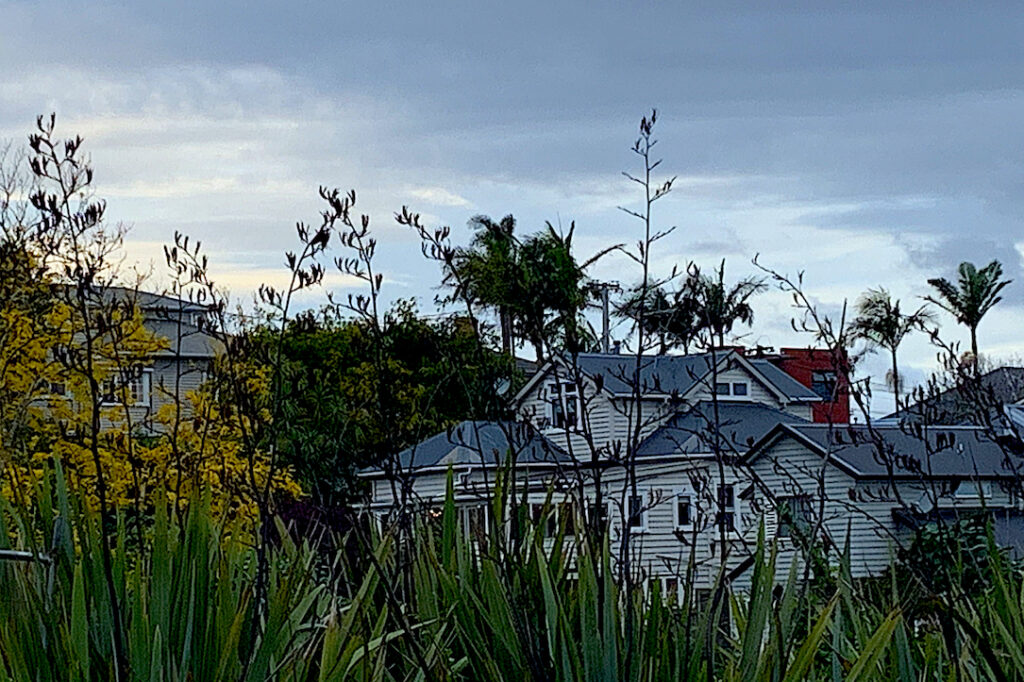‘DISCOVERING – UNCOVERING – RECOVERING’ – 14th April, 2021 Part 1: Discovering how to use a Pinhole camera.
My first trial with a Pinhole camera (reconstructed from a litre paint can), was exciting. Yet I was apprehensive, having no photography education. I definitely felt like a novice, or an experimental scientist in the dark room watching my photographic paper turn from a shiny, white colour (blank with no image), to a black solid colour (still with no image). It was a learning curve, as I had removed the tape and left it off the pin-hole for approximately three and half minutes, because the sun was brightening up the rainy day. The brighter the light, the longer you needed to expose the image. Unfortunately, this length of time was far too long, and it totally over-exposed my first attempt.
Moving back and forth from the dark room to the scene I had chosen, I started to make progress with my negative-making by dividing the time in half. After exposing my pinhole to the light for one minute, I finally then trialled 30 seconds, and a negative image emerged. Wow! What magic, and what fun!
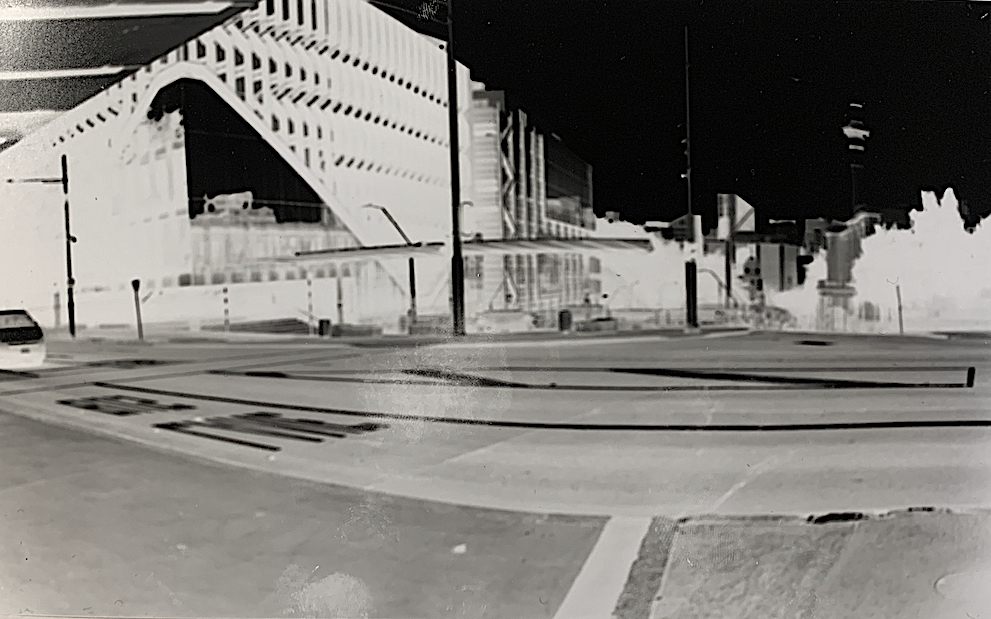
This dark room experience made me think about the history of photography, and what photographic advancements will occur in the future. The first camera obscura with a pinhole was recorded in the fifth century by a Mohist (Chinese) philosopher named Mozi. In the Renaissance period, the camera obscura supported an artist to understand perspective, and then later the photographic camera began its technological development in the early 1800s. Throughout my life, the art and science of photography and film has rapidly evolved with new technological developments.
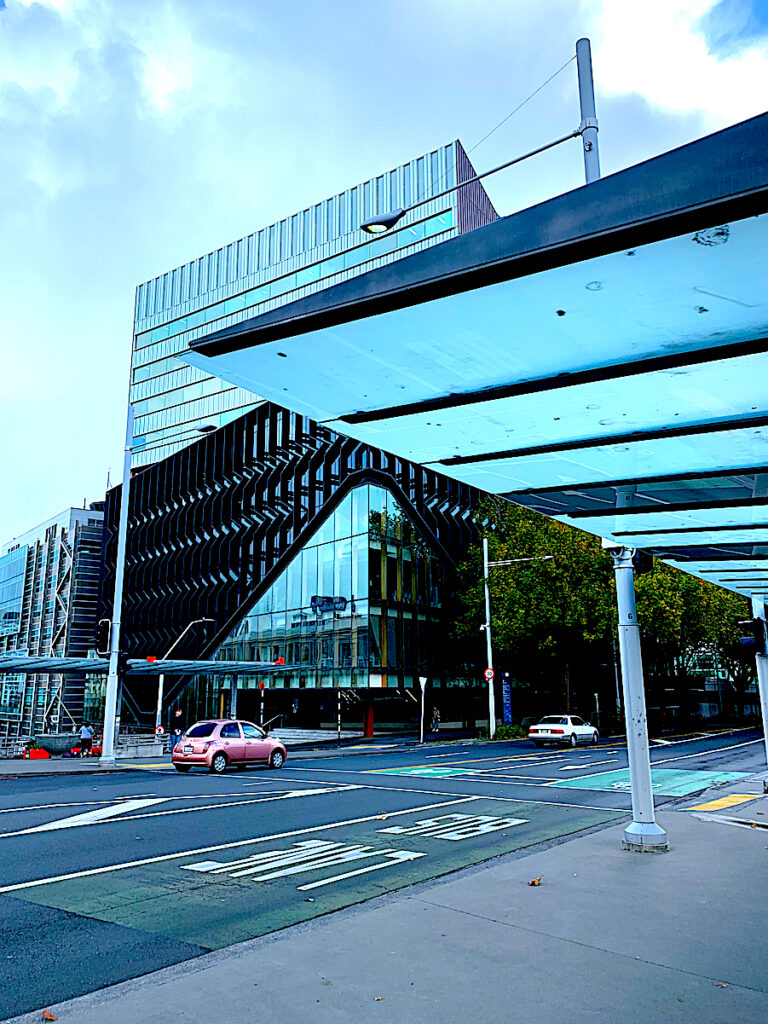
‘DISCOVERING – UNCOVERING – RECOVERING’ – 14th April, 2021. Part 1: Discover being a tourist again by utilising the digital smartphone to capture the present.
As a domestic tourist on the second day in the CBD of Tāmaki Makaurau, I found great pleasure in the afternoon just leisurely walking at my own pace, locating objects of interest. I was not overly concerned about the time or felt that I needed to rush, in comparison to my morning effort.
Therefore, after our Pinhole camera lesson, I focused on capturing the straight, silhouetted shapes of high-rise buildings with defiant edges up against the sky using a digital format. I find enjoyment observing the shape and colour changes of the sky. Earlier in the day the dull mass of grey clouds rained heavily, but by late morning the sun had broken the bright, white foggy light, shifting and opening it to blue. I am often struck by the beauty of nature changing.
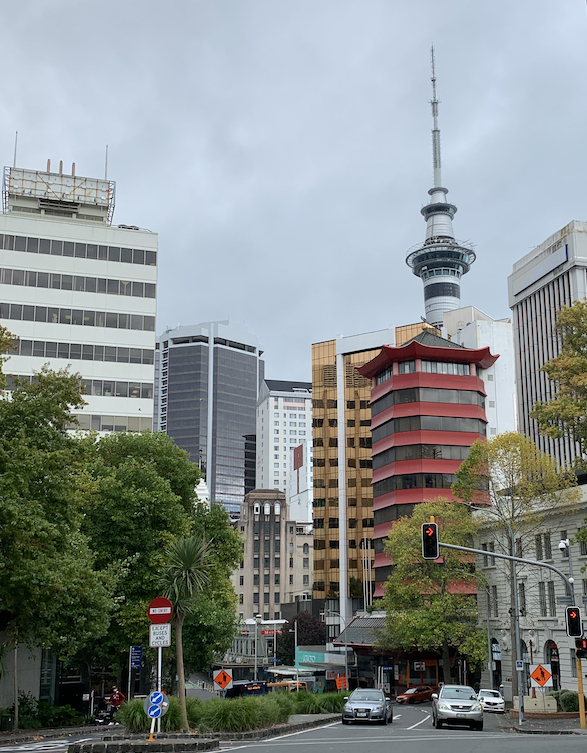
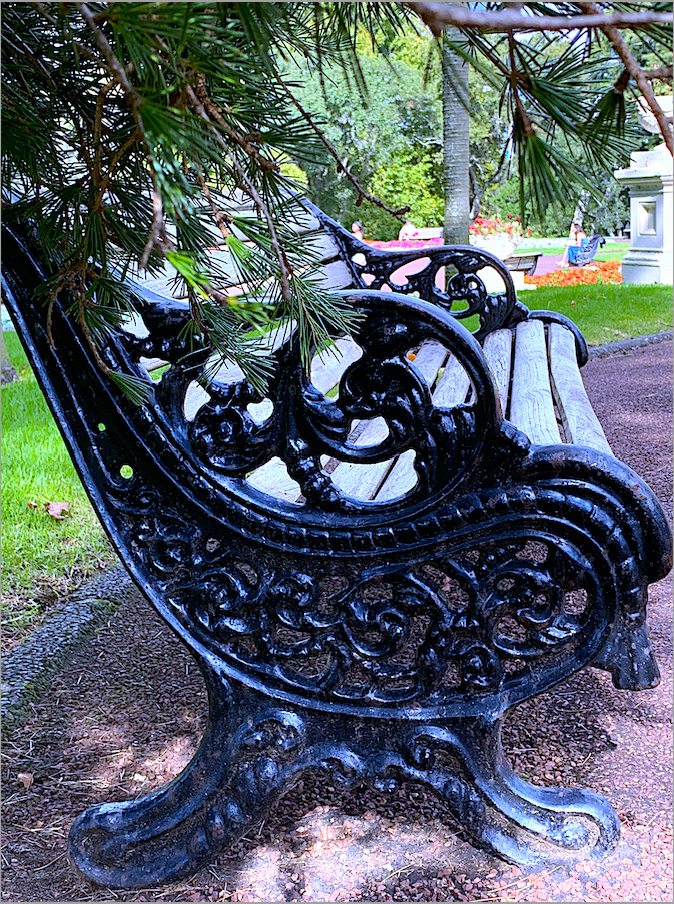
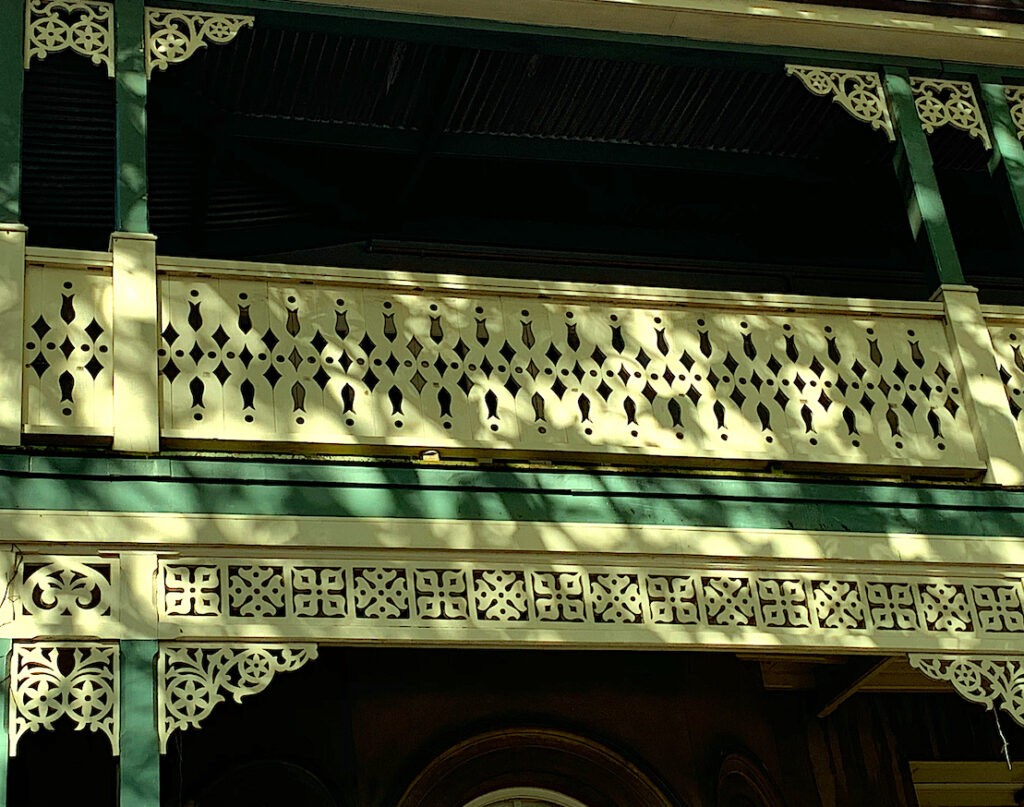
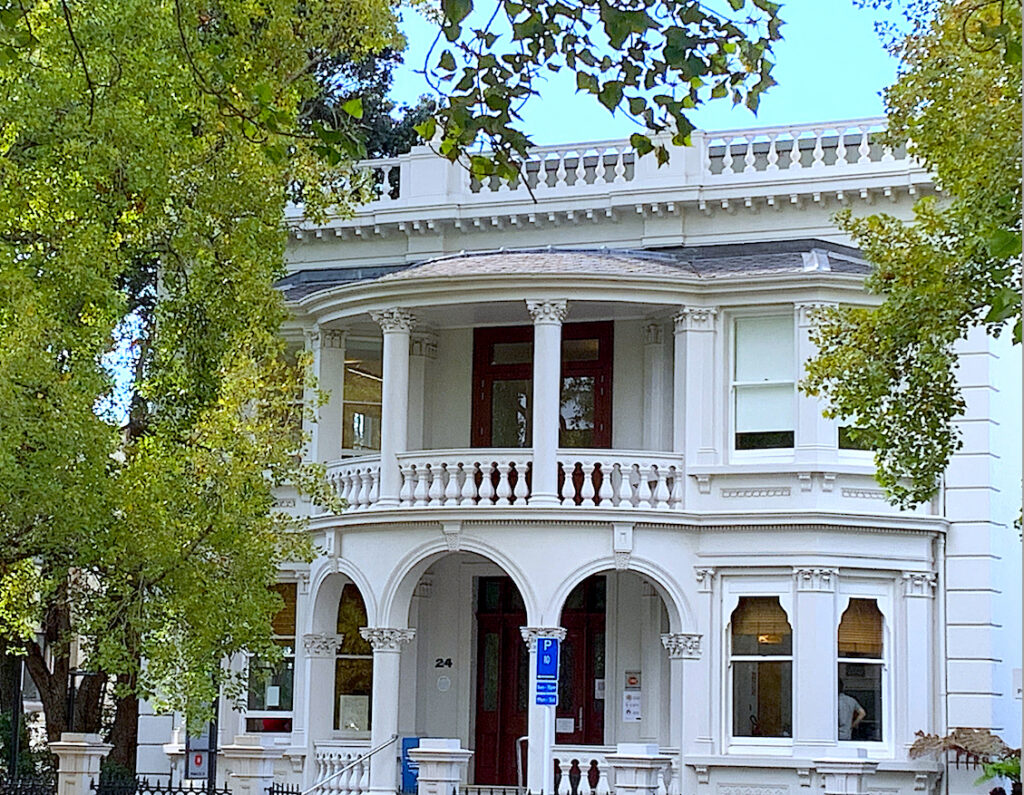
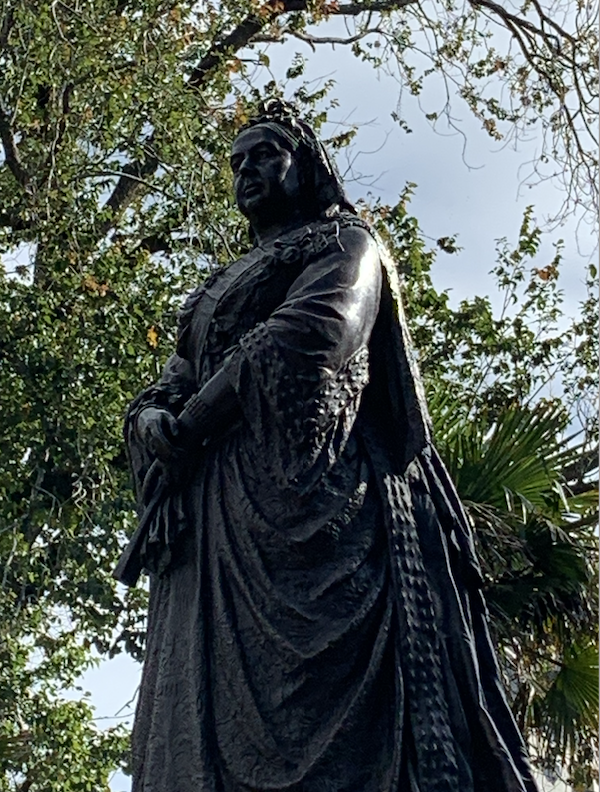
The sculptures at Albert Park were also silhouetted when I arrived, because of the light conditions, and where the sun was positioned. I found it quite difficult to angle my body in the right direction to take a good shot, because my smartphone screen was too dark to see the statue. It was also hard to see the Britannica shrine as Queen Victoria’s front image was dark from where I was standing, therefore the sun’s glare made her silhouette against the sky. Albert Park’s statue of Victoria was the first of four in Aotearoa’s four main cities. The artist F.J. Williamson sculptured her gazing down at her subjects and surveying her domain. She was set high on a plinth in her bulky, ruffled Victorian garb. I wondered what Prince Albert’s statue would have looked like, after all, the park was named after him. Perhaps he would have been smaller, and lower beneath his Queen, (and his wife Victoria).
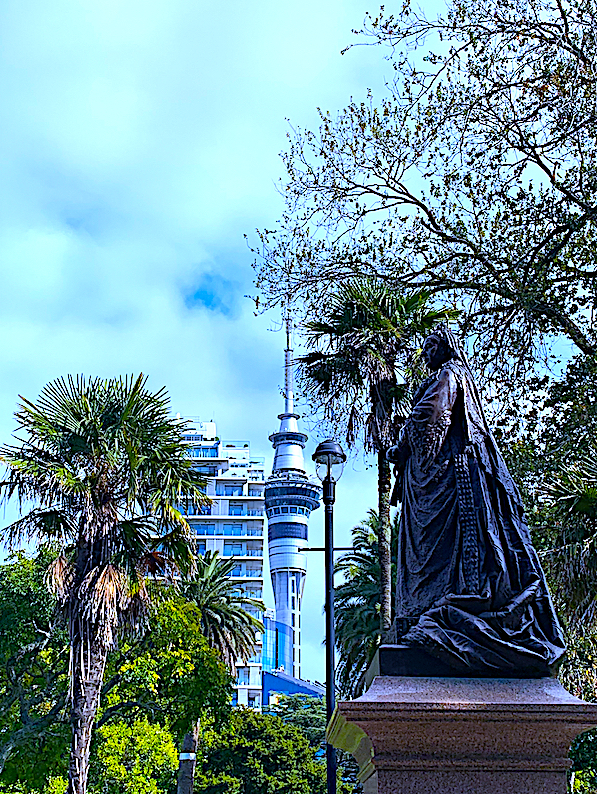
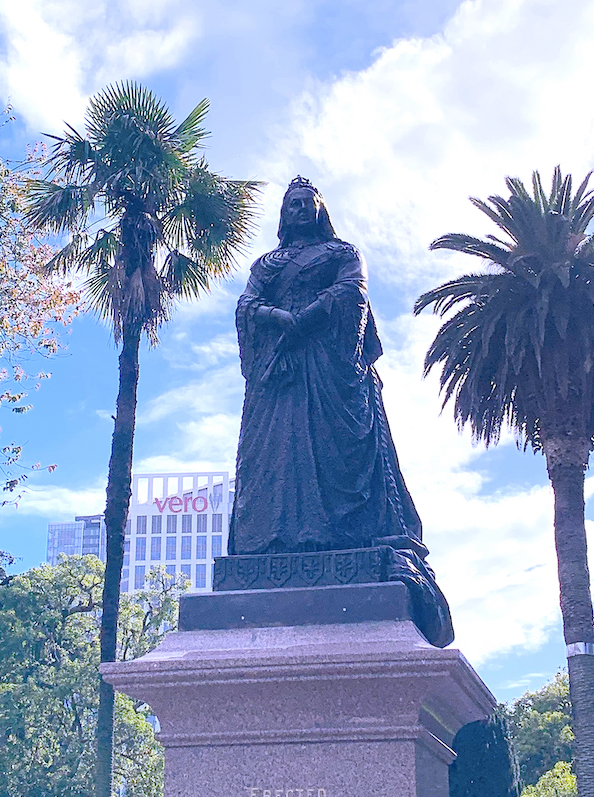
As a detective I noticed a name connection on a beautiful old building located in Queen Street on my daily bus-ride ritual. The façade read the ‘The Queen’s Head’, and I thought about this wordplay. I realised that this building was not situated at the top of Queen Street, (like your head is situated at the top of your body). I also wondered about the English tradition that incorporates a monarch’s title in some of the titles of their public houses, such as ‘The Queen’s Head’, in Queen Street. I considered how the head in some cultures is regarded as sacred. Yet, the head has been removed, and glorified, both in some historical battles, and in some present day terrorist actions. Queens, Kings and Heads of States have also beheaded their own subjects or enemies throughout history. I also thought of Don Binney’s painting revealing only the head of Queen Victoria in a landscape. During the twentieth century, many New Zealanders celebrated Queen Victoria’s birthday, naming it Empire Day. How times have changed, as this day is no longer celebrated, nor remembered.
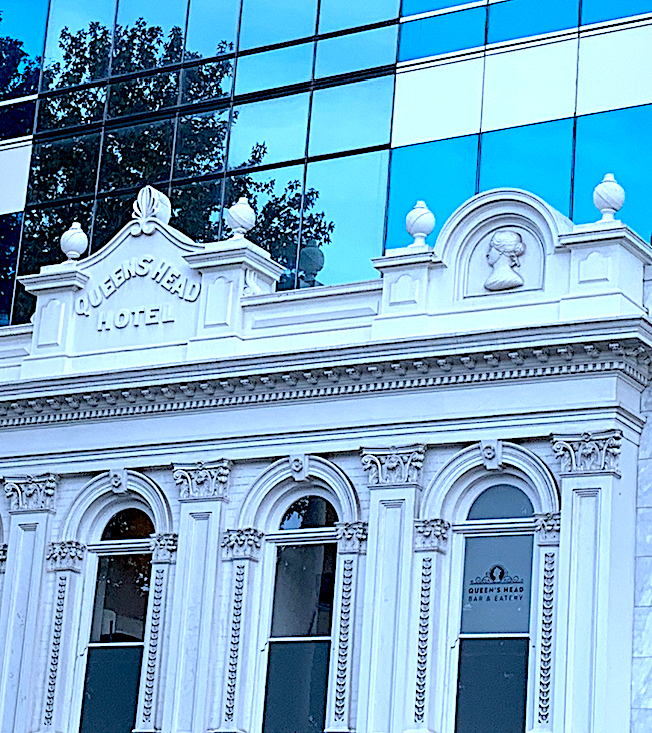
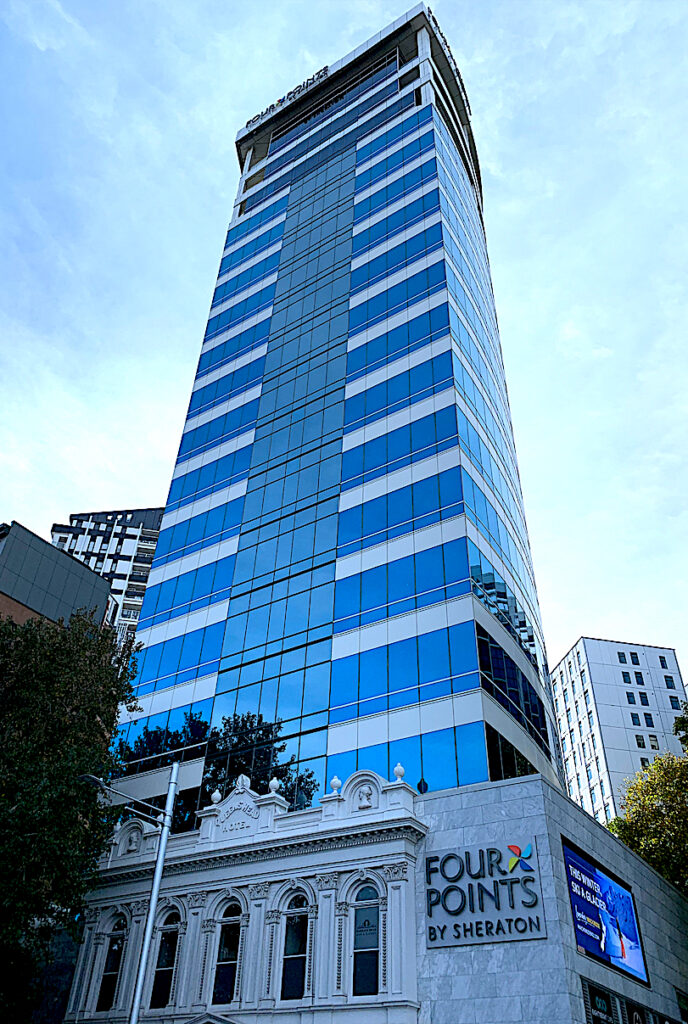
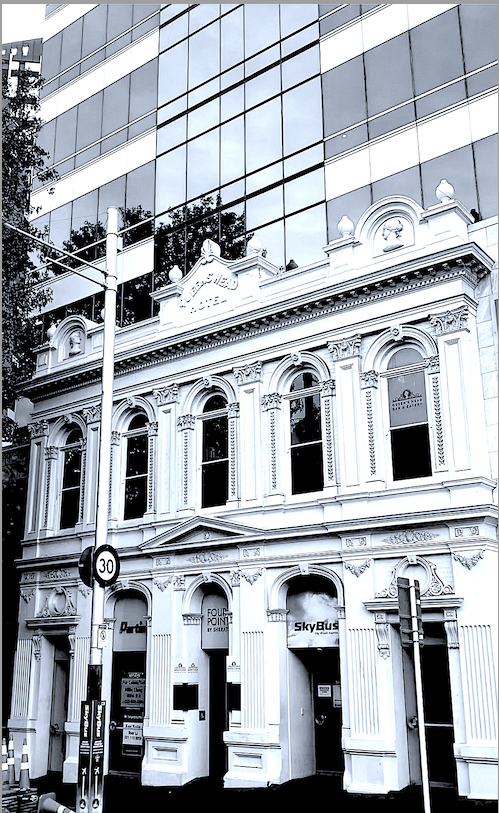
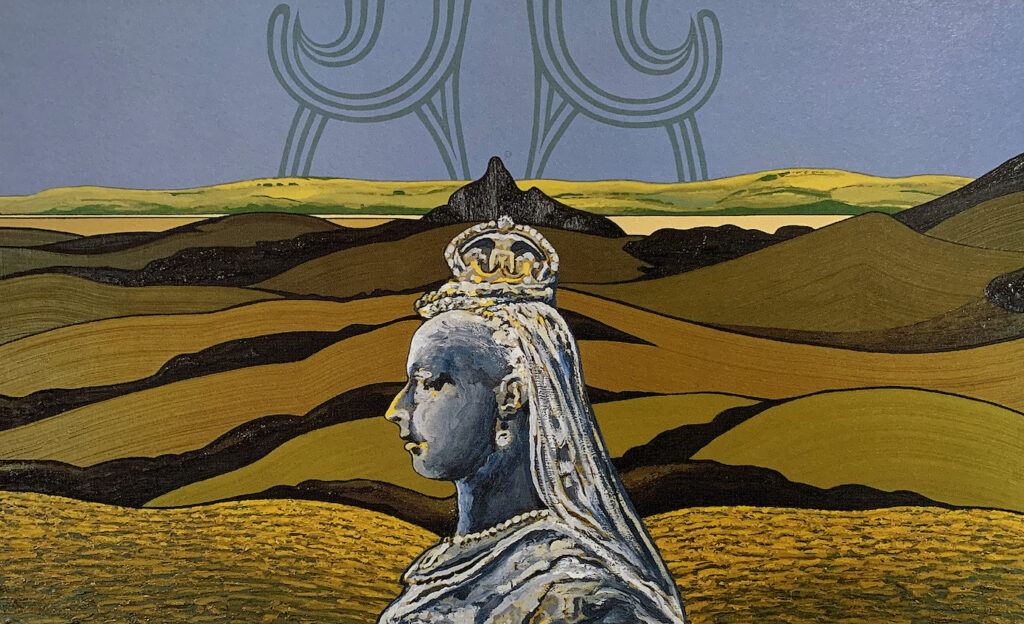
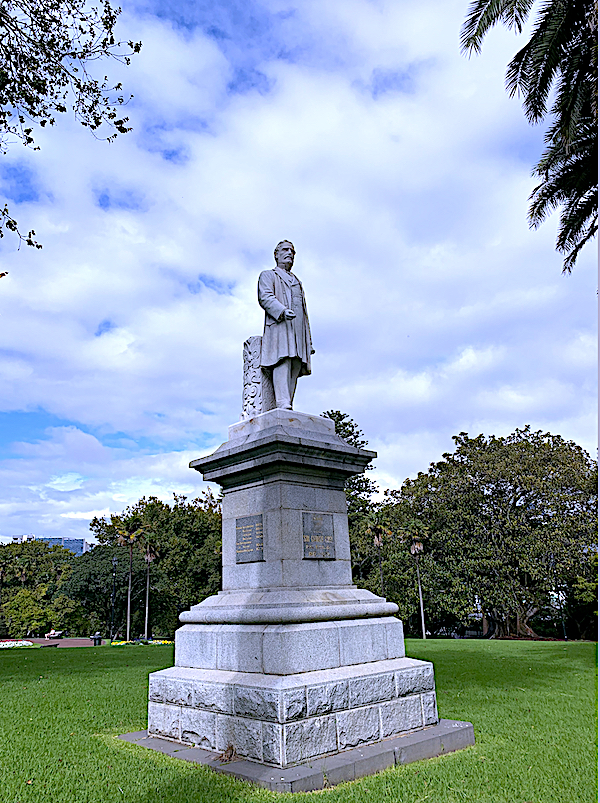
I moved onto noticing a bold and imposing sculpture of the first Governor General of New Zealand, another colonial past presence, relocated to Albert Park in 1922. I questioned the smallness of a Maori pou statuette slightly behind Sir Governor Grey’s legs, and at his heel, like a dog in tow.
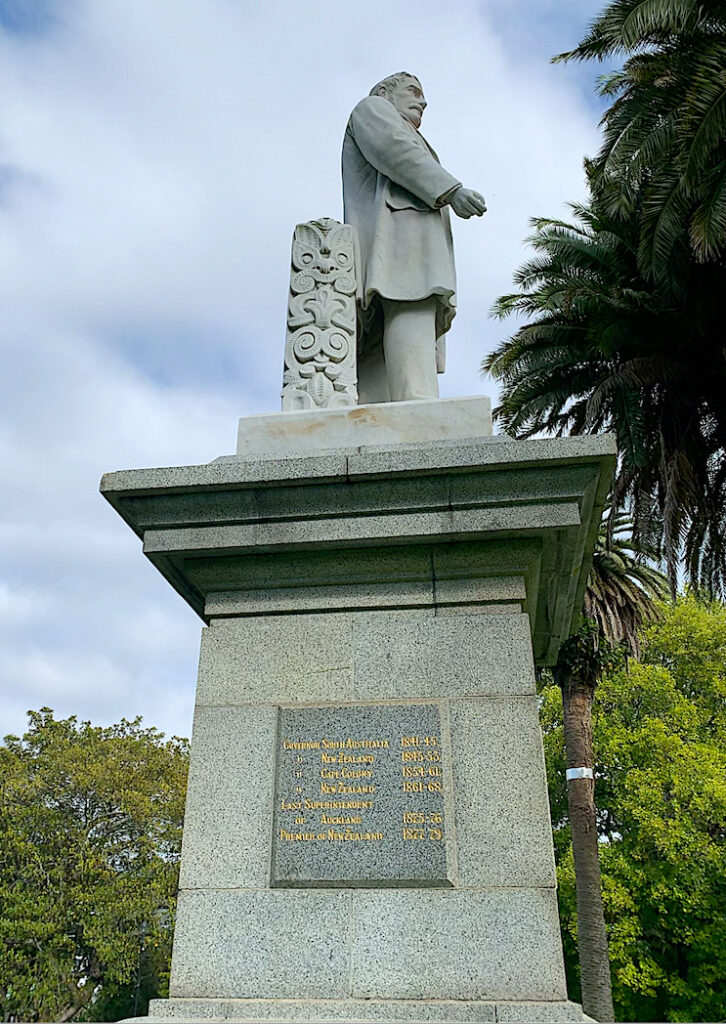
DISCOVERING – UNCOVERING – RECOVERING’ – 14th April, 2021. Part 1: Detective hunting and collecting information in my neighborhood of Tāmaki Makaurau. Stopping to appreciate life within my geographical place, and focusing on each present moment to view new shapes and shadows (another set of fungi in a front garden)! It certainly is the season for fungi fun and growth as most wild mushrooms only appear in Autumn.
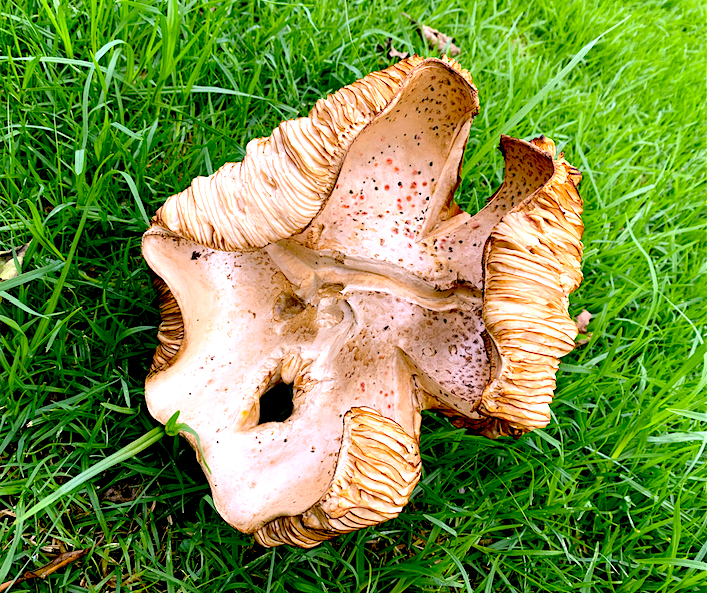
I am inspired by nature, and I am amazed to discover on my detective walks how much there is to know about planet earth, if one just takes the time to really look. It is delightful discovering wild fungi in my home place, instead of just identifying neighbourhood garden plants being strangled with weeds.
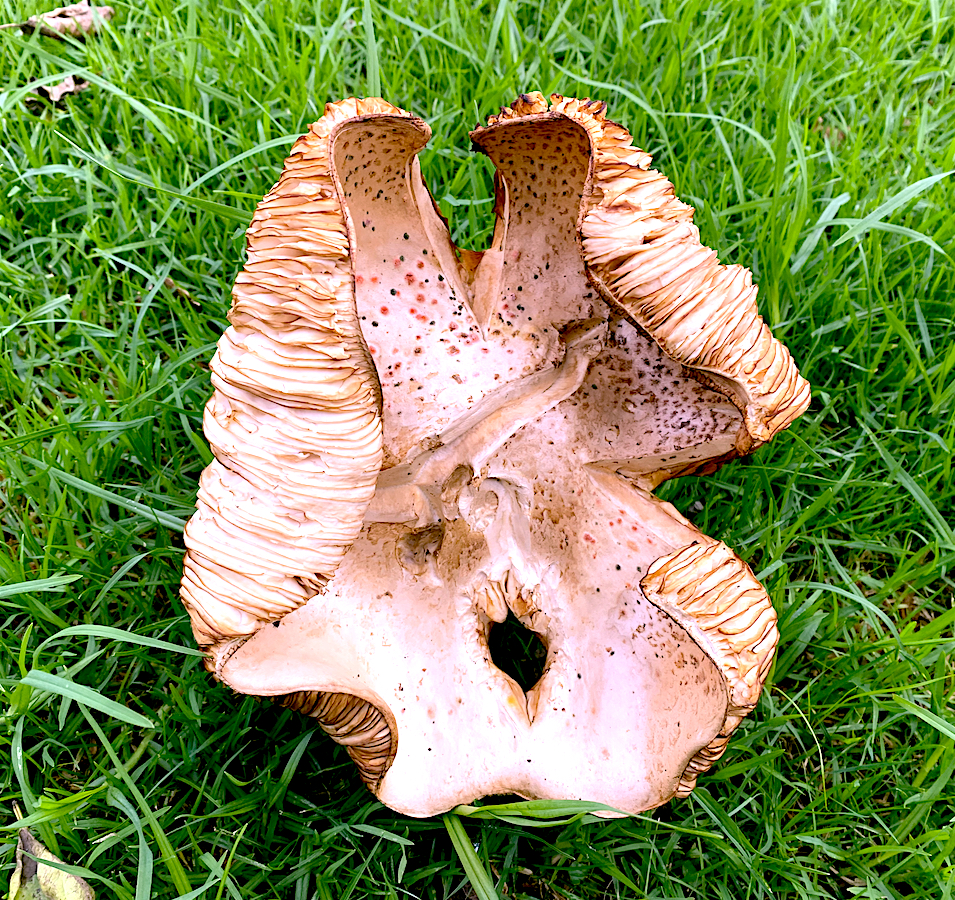
Does the appearance of fungi on the slopes of Maungakiekie volcano mean that I live on healthy soil? Fungi seem to mysteriously surface and grow quickly as Autumn changes Summer’s warm nights. The cooler dark climate, with warm days is perfect for fungi feet.
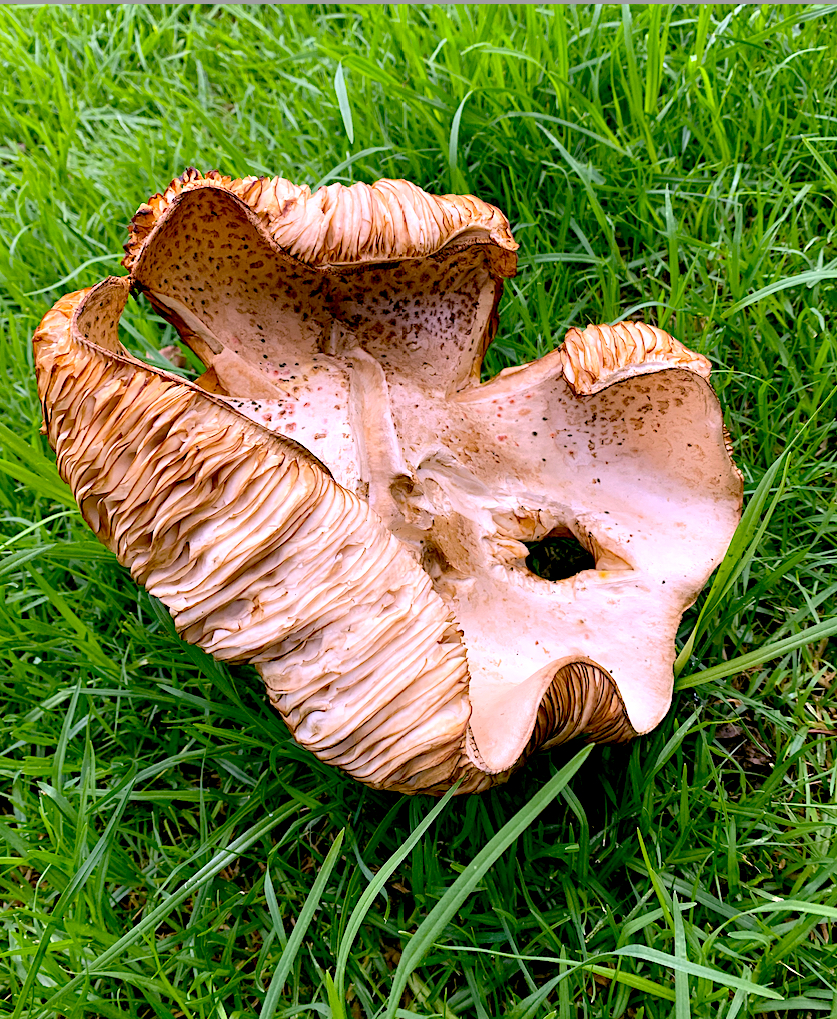
Wild fungi creates a healthy ecosystem by breaking down the soil’s decaying plant and animal matter. Humans could not grow food without fungi, and yet they are thought of as plant type structures because they grow in soil. Instead, they are more like humans, as closer aligned to animals, because they do not get their energy from photosynthesis, like plants. They grow by breaking down carbon-based compounds in their environment.
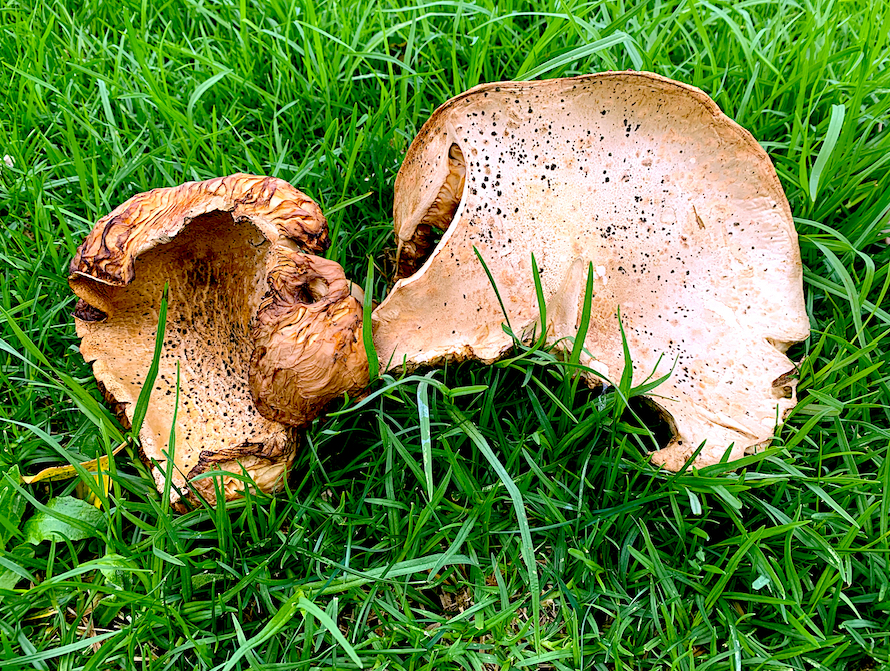
I am enjoying finding different varieties on my detective walks, but struggling to identify and classify them correctly with their botanical and common names. Many are now introduced species, and not endemic to New Zealand.
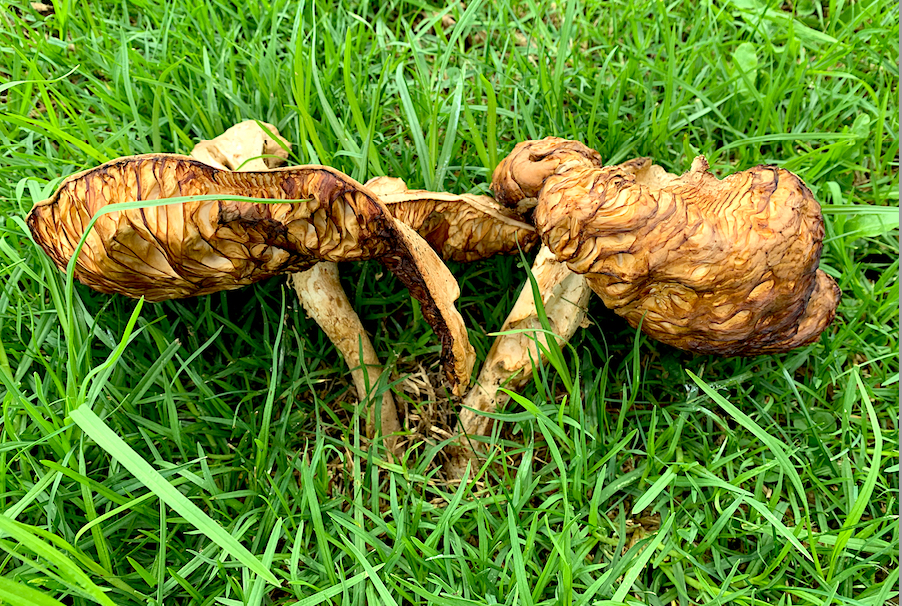
To me, fungi have a soft delicacy and lightness of being, forming strange shapes with colour patterns and ranging in size from large to microscopic. Some fungi are deathly poisonous or have psychedelic, hallucinating properties. Others are utilised in daily life such as consumed, or added to antibiotic and insulin medicines. A type of fungi is also the yeast that rises in bread and brewed in alcohol.
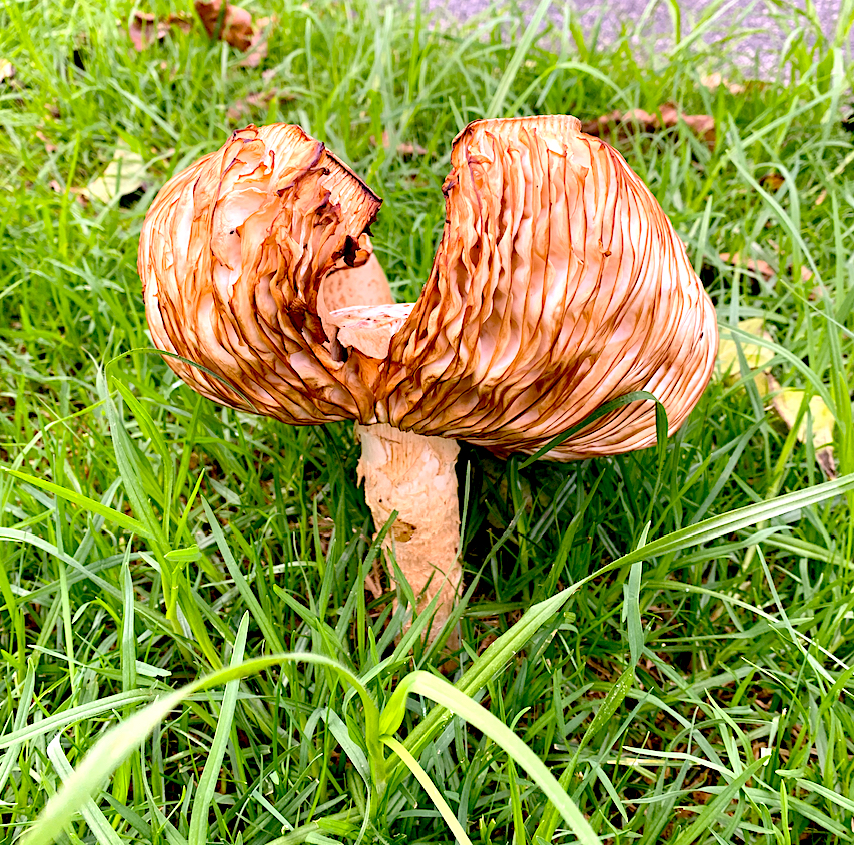
I like how I have photographed my discoveries close-up, to emphasise the fungi detail of shape, colour and form. By positioning my body low to the ground, I have captured their skirt frills, and line and spot patterns, and curved stalks beneath.
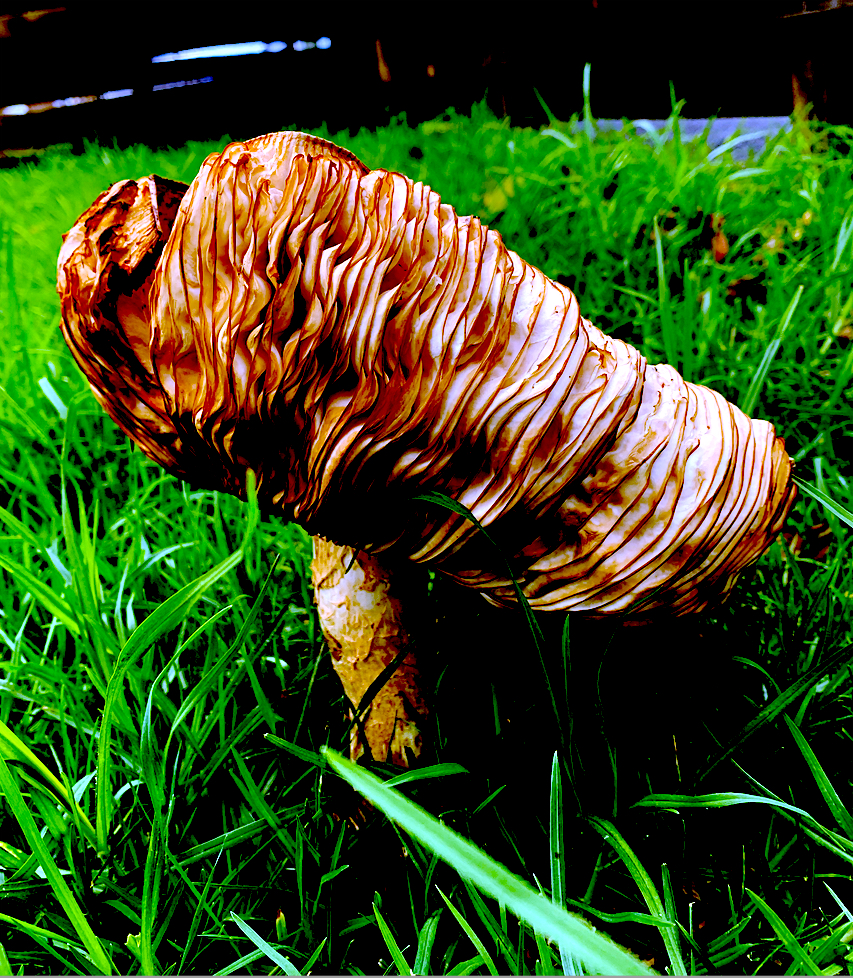
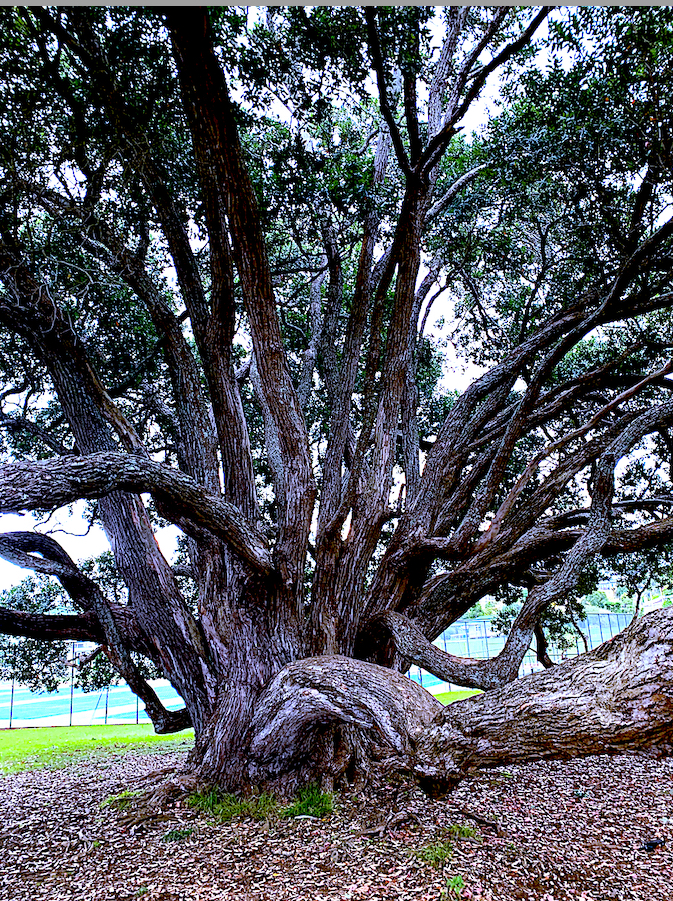
On my detective walk around my neighbourhood I have always appreciated and noticed the lineup of very old trees such as the coastal loving Pohutukawa (Metrosideros excelsa). Yet, this time, I just stopped and observed the twisted branches. The rough textured grey bark invited me to touch its dents and folds. This tree trunk has enlarged and widened at the bottom with thickset offshoots growing up and dividing into more trunk-like branches. Some branches extend low to the ground, making you want to climb, sit or swing on them.
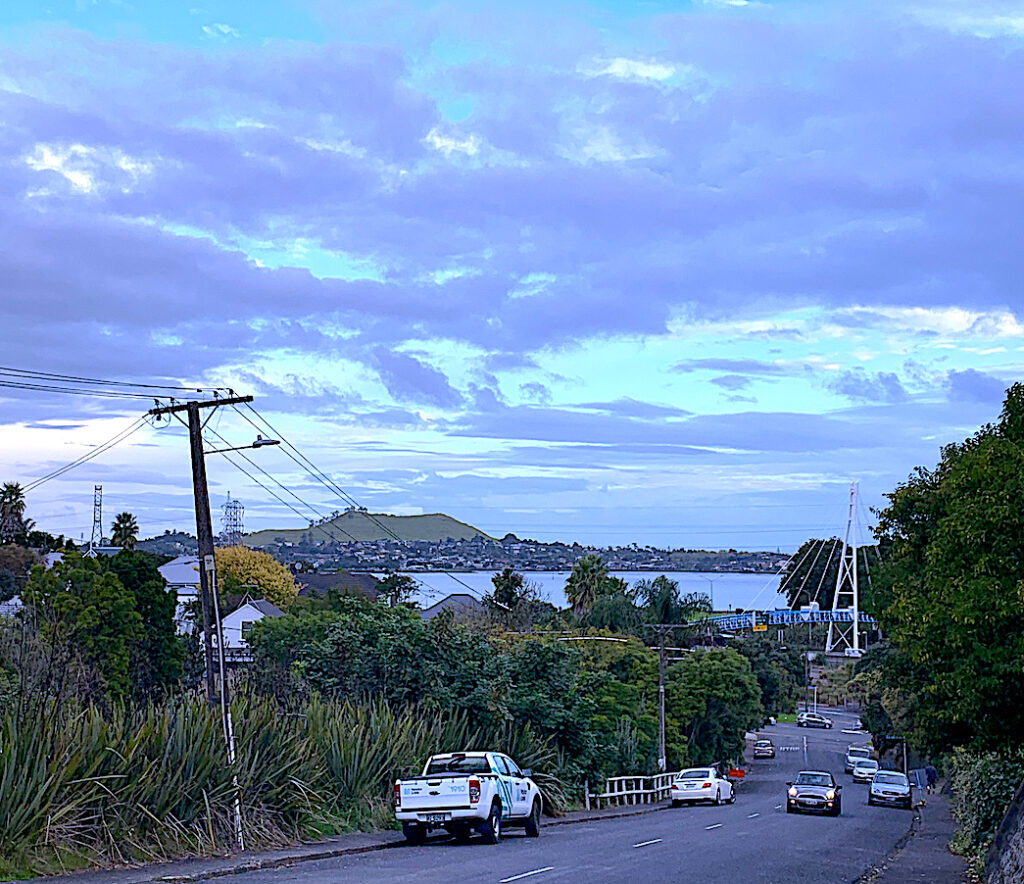
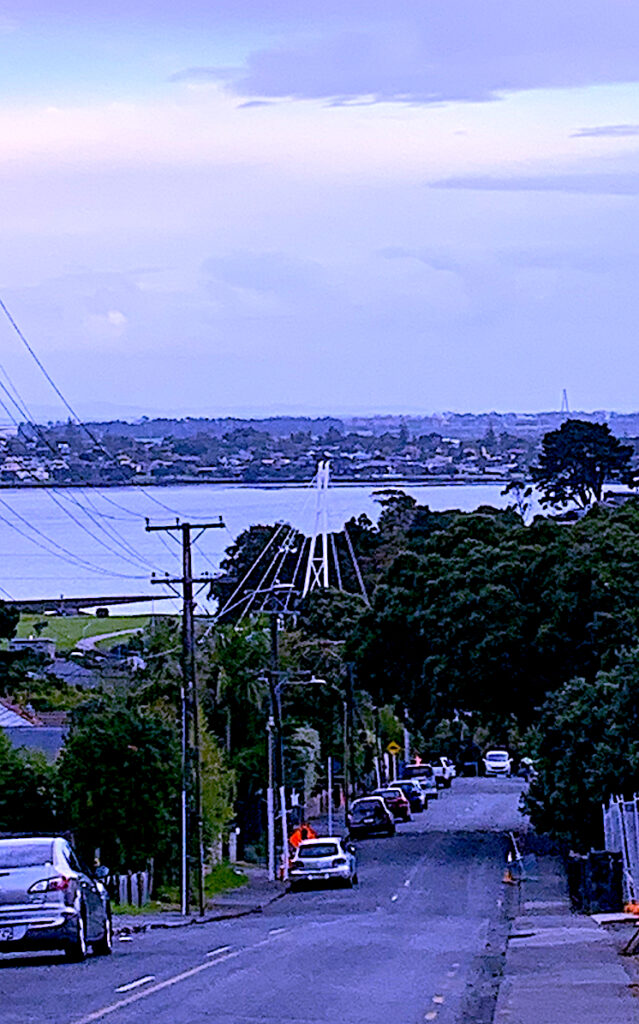
In the 1800’s this area was a rich forest source of Kauri. Now, the kauri wood fills many neighbourhood houses, from floorboards to walls.
